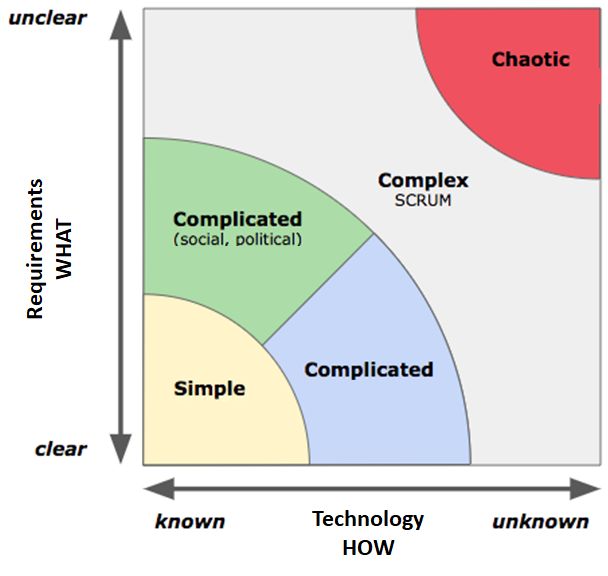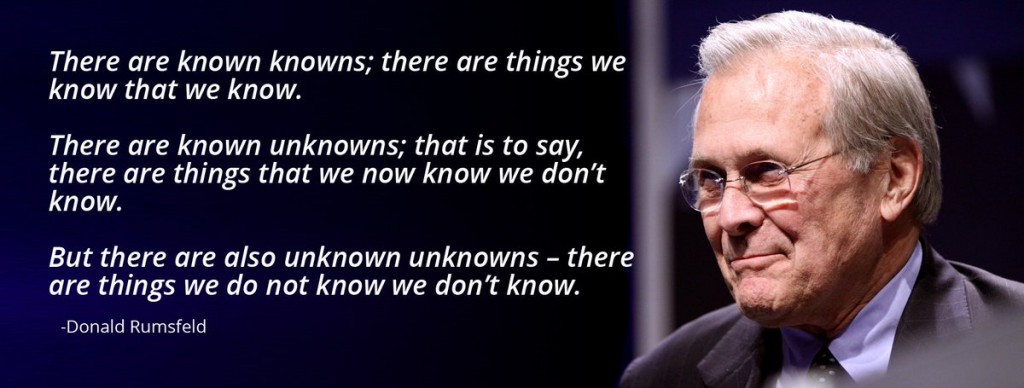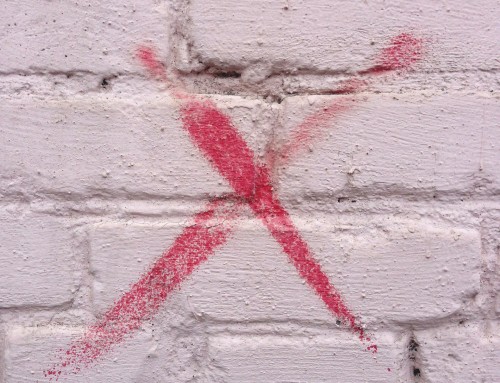Communicate Your Reaction Scheme of Decision-Making
Identify the Decision-Making System you live in
For more than 20 years the corporate world is changing. The business models are changing. We have companies running their business with strong hierarchies run more than 40 years in a command-n-control style. We have enterprises trying to flatten the hierarchy, empowering individuals, and letting them take ownership, and we have lean startups, increasing the time to market time. And we have the hybrid way: long-established, hierarchical companies running flatten, empowered, lean satellites (incubators).
And the markets are changing as well. Established markets vanished, and new markets emerge. Seventy years ago the big leading companies made their fortune in creating and selling physical goods: oil, cars, kitchen machines, washing powder, etc.
End of the last century physical goods became more and more electronic devices: computers, mobile phones, PDAs, and iPods. In 2007 Steve Jobs released the first iPhone. By the end of 2009, iPhone models had been released in all major markets.
Starting in 2000 the market was dominated by tech companies that made their fortunes on digital assets, such as online marketplaces, streaming platforms, search engines and social media. And today, in 2022 the big tech companies and the digital market are struggling.
"MP3 players existed for years, and then the iPod came along and was dramatically better. Cell phones existed for years, and then the iPhone came along. Search engines existed for years, and then Google came along. We’ve watched movies for years, and then Netflix came along. We’ve listened to music for years, and then Spotify came along. Teams needed to communicate for years, and then Slack came along. We’ve needed places to stay when we travel for years, and then AirBnB came along. We had free and fair elections for years, and then Facebook came along."
(Cagan 2020)
Hand in hand with the changes in the business world our way of working changed as well. From assembling physical parts into physical products it became more and more knowledge working: creating content and digital assets. In many fields, the working environment becomes volatile, uncertain, complex, and ambiguous. In the mid of the Nineties last century, we entered the VUCA world definitely.
To decide which business model fits us depends on answering the following questions.
- "How stable is our working/living environment?"
- "How secure is it?"
- "How volatile is it?"
- "How uncertain is it?"
- "How fast do we have to react to opportunities and threats?"
- ...
"There are unknown unknowns“ is a phrase from a response United States Secretary of Defense Donald Rumsfeld gave to a question at a U.S. Department of Defense (DoD) news briefing on February 12, 2002, about the lack of evidence linking the government of Iraq with the supply of weapons of mass destruction to terrorist groups.
When analysing Donald Rumsfeld's speech in detail, we identify four different topics:
- Known knows — issues we are aware of.
- Known unknowns — (expected or foreseeable conditions), which can be reasonably anticipated but not quantified based on past experience.
Known unknowns result from recognized but poorly understood phenomena. - Unknown unknowns — phenomena which cannot be expected because there has been no prior experience or theoretical basis for expecting the phenomena.
- Unknown knowns — Donald Rumsfeld potentially didn't intend this point, but it was depicted by Slavoj Žižek, a Slovenian philosopher, cultural theorist and public intellectual.
Unknown knowns are topics we intentionally refuse to acknowledge that one knows. Unknown knowns we do not like to know. The Unknown knowns are situations or experiences we want to push to the back of our minds. —
 Ralph Douglas Stacey, professor of management theory at Hertfordshire Business School, UK, invented the so-called Stacey-Matrix. In its original form, the Stacey-Matrix deals with decision-making in complex organizations. Today, the Stacey-Matrix is often combined with the Cynefin framework.
Ralph Douglas Stacey, professor of management theory at Hertfordshire Business School, UK, invented the so-called Stacey-Matrix. In its original form, the Stacey-Matrix deals with decision-making in complex organizations. Today, the Stacey-Matrix is often combined with the Cynefin framework.
The matrix depicts on the vertical axis WHAT a project should achieve (the requirements). On the horizontal axis, the matrix shows HOW the goal could be achieved — by which technology, methods, frameworks, etc. In more detail, the WHAT axis spans from clear requirements to unclear, ambiguous ones. The horizontal HOW axis spans from known to unknown technologies.
If the WHAT is clear and also the way to get there (the HOW), then the project is classified as "simple". Few surprises are to be expected in the project, experience and routines can be drawn upon, and the process is known or easily predictable. In a simple environment, we should "look, classify, deduce, react" (or "simply do it").
The Stacey-Matrix classifies a project or enterprise as "complicated" the more unclear the HOW and/or the WHAT becomes. The number of variables increases to the point that they are no longer easily manageable. However, the project is still easily predictable because the variables follow a linear causality. In a complicated environment, we should react best in an inspect-analyze-respond mode.
With increasing uncertainty of the HOW and WHAT the enterprise shifts from complicated to "complex". In this case, there are very many risks, requirements are not known at all or not down to the last detail, and they interact with each other. It is also not certain with which methods and techniques the project goal can best be achieved. We cannot be predicted what exactly will happen. In a complex environment, we should react best in an agile, iterative mode in a probe-inspect-react way.
The Stacey-Matrix calls situations where as well the goals, requirements and possible solutions are unclear, "chaotic". Chaotic environments have a high risk of failure since they show no recognizable patterns.
In our private and business life we often are faced with new situations we have to make critical decisions or plans on how to handle them. In systems thinking terms, we have to deal with systems, systems of systems and often with adaptive systems yet. With the Stacey-Matrix we can derive four types of possible responses in case of these unexpected events.
- In the area of sim
 ple events are Known knowns. The best reaction pattern is routine and sensing, categorising, and then responding to the event.
ple events are Known knowns. The best reaction pattern is routine and sensing, categorising, and then responding to the event. - In the area of complicated events are Unknown knowns and Known unknowns. This is the domain for experts. After sensing the event, they analyze it and then react.
- In the area of complex events are Unknown knowns. In this domain, we do not have any previous experience with new upcoming events. The best reaction to new situations is experimenting and probing for a reaction, and then responding to the reaction.
- In the area of chaotic events are Unkownables. Here we can not perceive any recognizable patterns. The best reaction scheme is doing anything, sensing the corresponding system's reaction, and then responding to it.
In the case of simple and complicated systems, we can perceive recognizable patterns and causal relationships. We can understand them, and we can create plans and decisions to follow up. In complex or chaotic systems we can not observe unique causal relationships. Instead, we are faced with stochastic environments where we can count on probabilities only. In these environments, we can only run experiments to challenge system reactions which we can perceive and react to. The most pushing area is the chaotic one. Here we even can not plan experiments thoroughly. The most important is to do something immediately and observe what happens next.
For our decision making it is crucial to identify the reaction scheme, we are working with. Only by communicating this as fast as possible and suitable, we can manage our and our stakeholders' expectations properly.
Further Reading
- Cagan, Marty (2020): Discovery – Problem vs. Solution, silicon valley product group, September 4, 2020, https://www.svpg.com/discovery-problem-vs-solution/
- Wikipedia: Ralph D. Stacey, https://en.wikipedia.org/wiki/Ralph_D._Stacey.








Leave A Comment